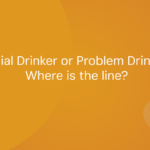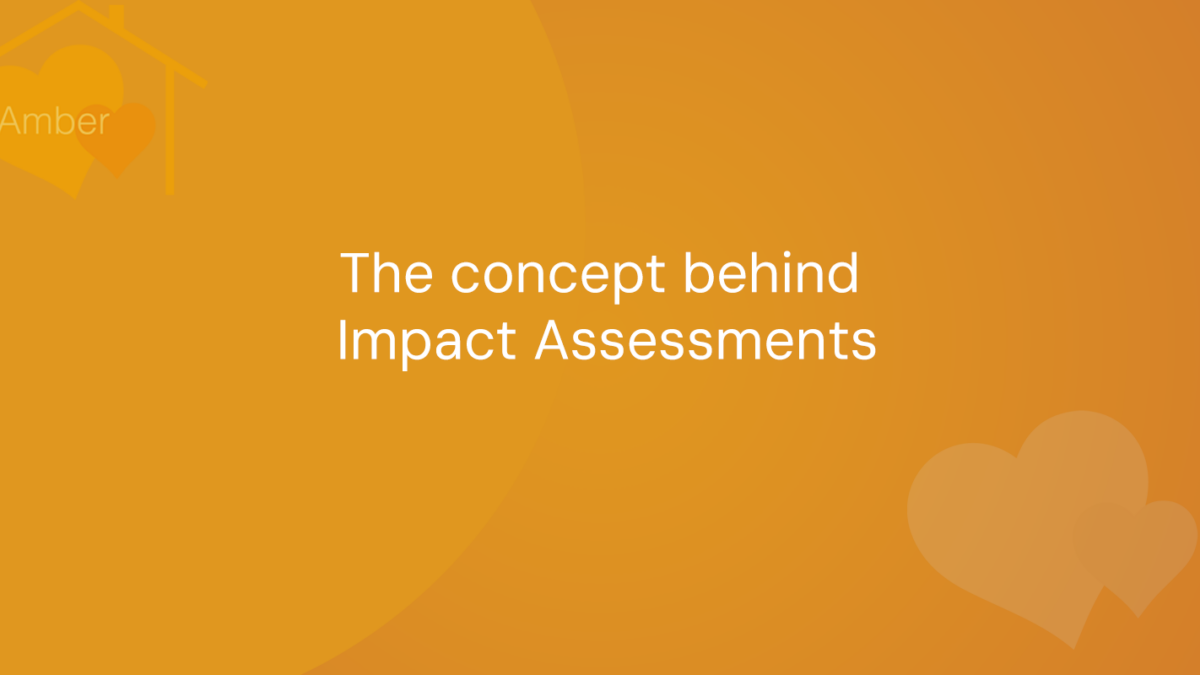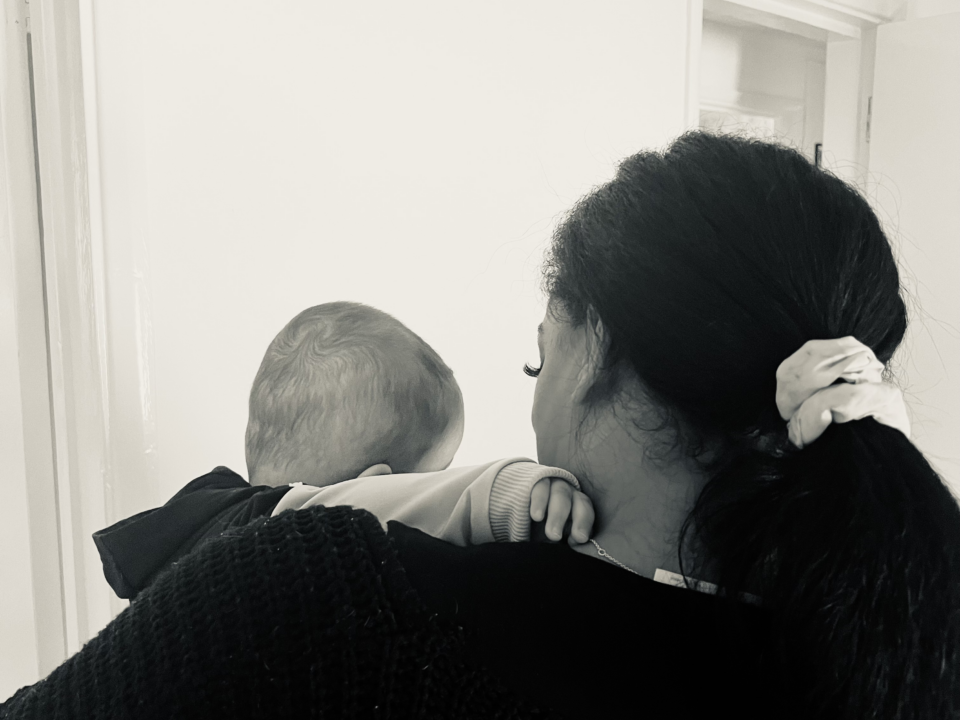
Social Drinker or Problem Drinker: Where is the line?
07/08/2021
Mistrust in Service Professionals
02/10/2021Gill Whalley. September 2021.
I have been a social worker for 10 years and I recall as a newly qualified social worker, that there was no standardised tool available to complete a parenting assessment. Typically, we used a range of direct work around different areas of parenting and information provided by family support workers. There were times that the lack of a consistent method to assess parenting meant that I felt vulnerable in my practice as I was trying to gather good quality evidence to determine the next steps for families, without a comprehensive and structured procedure for doing so.
When we started to develop the services for Amber, I wanted to use a set assessment tool and after some research, I discovered that there were such assessments available for use. I subsequently attended the face-to-face training and purchased the downloadable system. This was then the end of the relationship with the company as I later found out that there was no further support or advice available to me when I had questions about the system. My only option was to re-attend the training or seek help from other users.
As I become more familiar with the assessment tools over the years, I adapted and changed a lot of the features to make them more user-friendly. I came to my own conclusions about this tool as there were a lot of advantages to using a recognised assessment, but the assessment itself was becoming more diluted as aspects of it were not parent friendly or gathering the good quality evidence I needed for the final assessment. The system I was using did not substantiate the assessment journey in any detail; I could not quickly present improvement or regression in the care of a child. Furthermore, the contentious questions about the frequency of the care were very subjective. I was hearing some negative reviews about different assessment tools in court and came to my own conclusion that the situation around parenting assessments was akin to ‘the emperor’s new clothes’ and there needed to be a new way to combine a good quality assessment with teaching, the monitoring of improved skills and some updated areas of investigation. To scrutinize this further, and to get a better understanding of other professional’s experiences of using these tools, we commissioned a piece of research to be completed. The results of this research highlighted pitfalls with current parenting assessment tools that were recognised across the sector. The results indicated that although there was congruency that a structured assessment framework was useful, the assessment itself was somewhat reductionist and did not contain enough elements for it to be considered a standalone process that could be easily quantified and used fairly within the court arena. Rather, a lack of available and standardised alternatives appeared to be the key reason that certain parenting assessments were used so frequently in care proceedings.
As such, the development of the Impact App has sought to make a new, modern assessment that collates good quality evidence to inform teaching, support, and the final care plan for a family. This assessment is easy to use, works in partnership with families and can be accessed by a range of professionals including support workers, social workers, and foster carers. Rather than looking at the evidence once and making one judgement, the Impact assessment forces a ‘story’ to develop where we are able to observe the development, or the regression, of parenting over a period of time. An Impact assessment also considers environmental factors and the parent’s well-being throughout.
The Impact assessment is not just a new assessment tool, it’s a new way of approaching parenting assessments and looks to improve the face of social work. The tool itself is embedded with good practice and contains features that create obligations for the assessor to see families together, spend time getting to know them and record a true reflection of the parent’s skills. The app itself ensures that time is re-organised and the assessor’s time is spent with the families, as the app itself is easy to use and evidence and observations can be easily incorporated. The app is responsible for collecting the evidence and putting together reports ready for the assessor to analyse and use their professional judgements to make recommendations.


